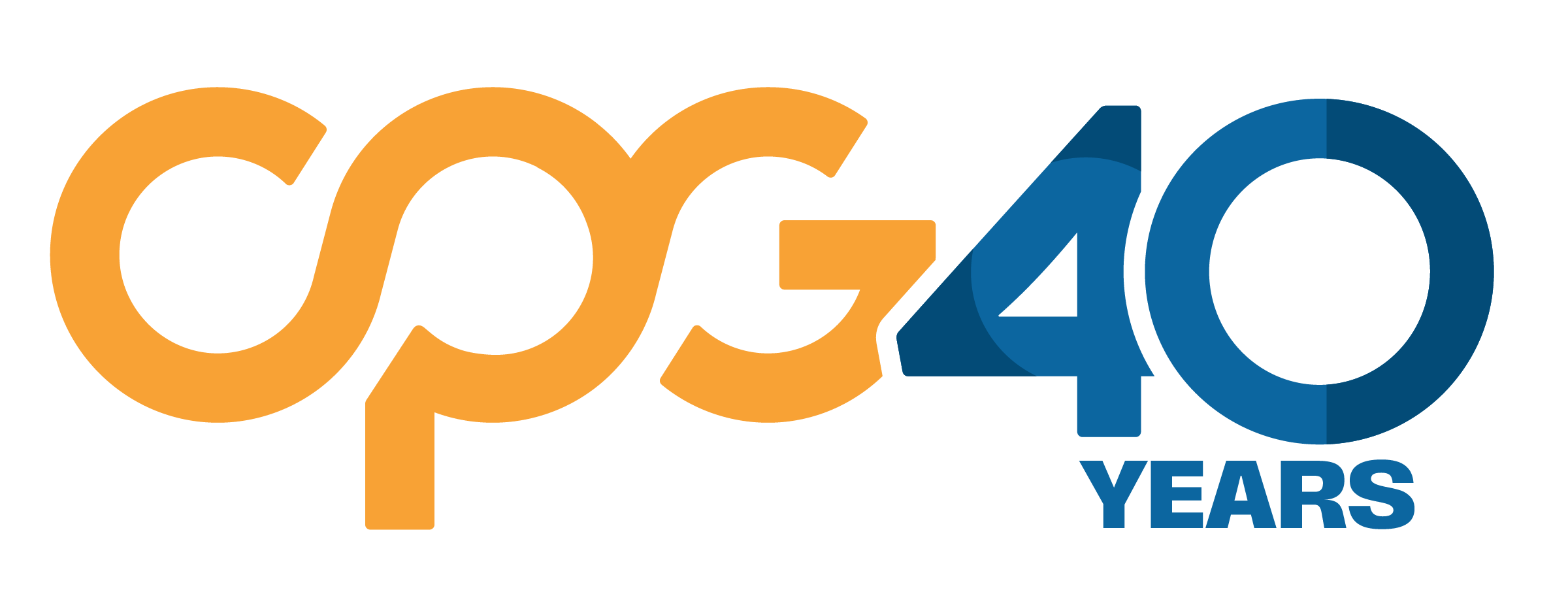Why in-person events matter
In-person events are still vital, as evidenced by nearly 70% of B2B marketers reporting that live events help generate the most leads for businesses. Further, more than 80% of marketers believe that live events are becoming increasingly important to organizations’ success, and a whopping 95% say live events have a major impact on achieving company business goals.
These statistics indicate a valuable potential opportunity for businesses that can adapt and provide in-person experiences, despite the constraints of the coronavirus, compared to those that are unable or unwilling able to pivot.
Live events play a key role in helping businesses make connections with potential clients and customers. While virtual events have become the new normal during the pandemic, in-person events allow businesses to make more intimate connections with potential clients or customers, and they remain a more powerful form of marketing.
In-person connection allows businesses to build rapport and create community in a way that can’t fully be replicated in an online environment. Communicative nuances, such as gestures, facial expressions, and eye contact are best conveyed in-person. In addition, there is less distraction from the point of the event when it is live and the whole thing isn’t entirely dependent on technology working. The relationships formed through in-person assembly can accelerate lead generation and sales and help businesses stand out from the competition.
In-person events also help generate income for businesses and the economy. B2B events contributed $101 billion to the United States GDP in 2019, according to the International Association of Exhibitions and Events. In addition, live events provide jobs for those who work in staff or administration roles, with more than six million jobs relying on live events.
Making in-person events work
Without a doubt, COVID-19 has made event management and marketing more difficult. But there are still ways live events can take place safely and effectively amid the pandemic.
Effective in-person event design in the current context requires planning and forethought, as well as effective communication with both attendees and vendors. The primary concern with live events during the pandemic is sufficient social distancing to prevent the spread of germs and bacteria. Over-communicate to your attendees to keep them at ease in a time where events are being cancelled left and right.
Renting a larger space and limiting the number of attendees can be an effective means of corporate event planning. Where weather permits, moving events outdoors can also make social distancing easier and reduce the risk of coronavirus. While you may want bigger, more spaced-out venues, think smaller in terms of the scope and scale of the event.
Some of the safety measures businesses can take include mandatory masks, temperature checks, social-distancing enforcement, sanitization stations and minimization of touch-points and safety kits for attendees. They should also designate staff specifically to deal with COVID-related concerns and provide attendees with CDC guidelines and other health and hygiene practices.
Safety and comfort at live events
Event planners can take even more personalized measures to ensure attendees feel a stronger sense of wellbeing and safety.
Because different people have different levels of comfort when it comes to social distancing and risk of illness, NORA, a trade association of responsible recyclers, came up with a solution. They incorporated green, yellow and red ribbons for attendees to add to their name tags, signifying their level of comfort with interaction – green meaning the person felt comfortable with fist or elbow bumps, yellow meaning they felt comfortable talking but not touching and red signaling the attendee wanted to keep their distance.
Customized, original approaches like this can help those who choose to attend live events feel assured that their specific comfort levels and preferences will be respected at the event.
An emergent best-of-both-worlds solution is a hybrid event, which includes both in-person and virtual components. Hybrid events are another effective way of creating a safe but engaging brand experience. They often involve a smaller group of people convening live and broadcasting that experience from remote sites to wider virtual attendees.
Even before the pandemic, experience designers were being touted as “the new event planners.” And now, 97% of marketers believe we’ll see more hybrid events in 2021, pointing to the potential power of this type of experience as a fusion of old and new.
Of course, staying informed and up to date on COVID-19 also is critical to event production running smoothly. The CDC encourages event planners to follow state and local regulations, and closely monitor the spread of the virus so they can make adjustments to events accordingly.
Download Our eBook: 8 Fundamentals of an Internal Communications Strategy
If your people are sending out the “whatever” vibes, it’s time to get back to the basics. Make sure your internal communication strategy is following 8 fundamentals to cultivate an engaged workforce aligned with your company’s success.
Connect your people, grow your business
With effective foresight, communication and safety measures, live event planning can continue to be a big part of businesses’ marketing and brand-building efforts. While virtual events have played an important role in event management during the pandemic, they can’t replace the rapport and connections built through in-person contact.
As coronavirus management continues and with vaccinations increasing, brands can look forward to the eventual return of live events, while also integrating lessons learned and new ideas about virtual and hybrid events. But the world doesn’t stop, and business won’t wait around for the end of the pandemic. Events can and will go on, so you should find a partner that’s well-versed in both live and virtual management. CPG Agency delivers exceptional, results-driven experiences across in-person or virtual events and immersive culture initiatives for the world’s most admired brands. Start designing your event or meeting of the future by contacting us today.





